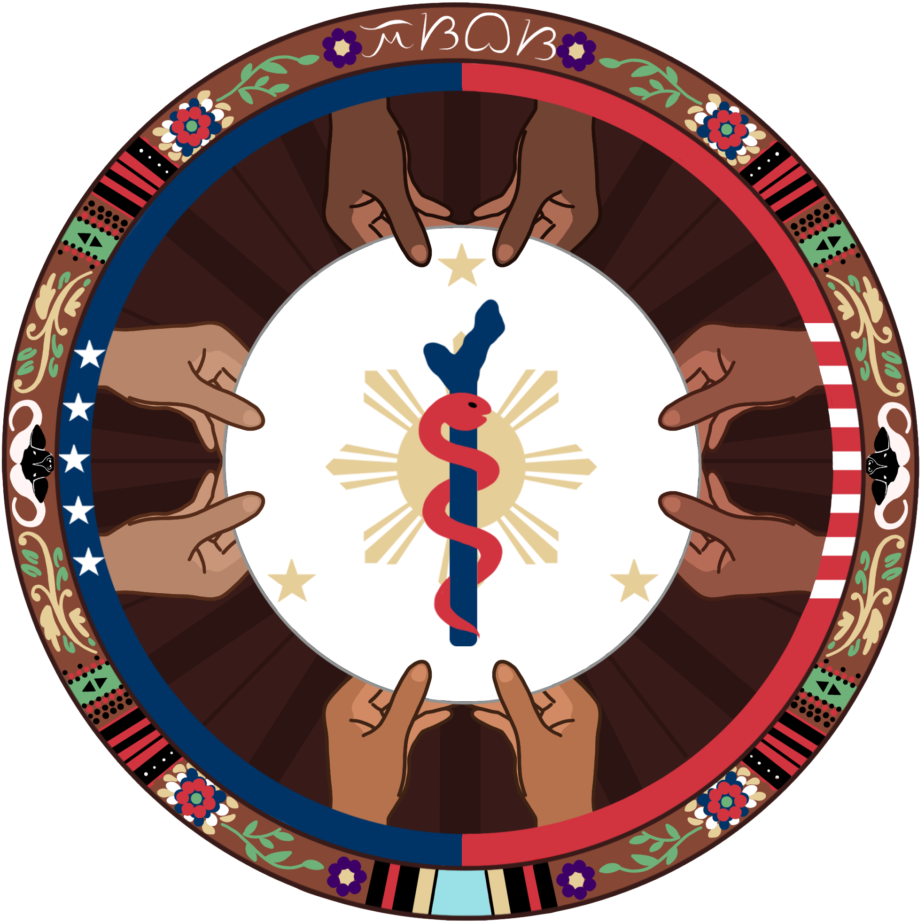2023 Supporter
The Collaborative Center for X-Linked Dystonia-Parkinsonism (CCXDP) is an international consortium of scientists, physicians, and advocates working to advance research and clinical care for people with XDP.
Why are CYFAM and CCXDP working together?
Our partnership with CCXDP represents a significant step towards addressing the unique health challenges faced by the Filipinx community, focusing on X-linked Dystonia-Parkinsonism (XDP) and those originating from Panay Island.
Our collaboration harnesses our strong network of Filipinx American medical professionals and students to amplify awareness, advance research, and improve treatment options for XDP. By combining our community-centric approach with CCXDP's specialized research knowledge in this area, we aim to impact the health and wellbeing of those affected by XDP.
Frequently Asked Questions about XDP
The following was adapted from CCXDP.
-
X-Linked Dystonia Parkinsonism, also called Lubag or DYT3 dystonia, primarily affects men with Filipino ancestry from the Island of Panay. XDP is an inherited neurodegenerative movement disorder that changes over the course of many years, resulting in significant disability. Beginning in adulthood, people with XDP experience movement problems, called dystonia or parkinsonism. Dystonia is a pattern of involuntary, continuous muscle cramping and spasm. Depending on which muscles are affected, dystonia can cause difficulty with speaking, swallowing, coordination, and walking. Parkinsonism is a group of movement difficulties including tremors, slow movements, stiffness, unsteadiness and a shuffling gait. The signs and symptoms of dystonia and/or parkinsonism vary widely between related and unrelated people.
-
XDP is caused by a genetic mutation that can be passed down from parent to child. Recent CCXDP-funded research studies have shown that XDP is most likely caused by a DNA insertion (retrotransposon) in a gene called TAF1. The DNA insertion contains a repetitive sequence, the length of which can vary among patients. The longer repeat sequences can lead to an earlier age of disease onset. One consequence of the insertion is a decrease in TAF1 gene expression.
-
Panay is one island in the Philippines, which is in southeast Asia. The Philippines has a population of roughly 100 million and is made up of over 7,000 islands. Panay is part of a group of islands called the Visayas in the central part of the Philippines. Panay is divided into five provinces; Aklan, Antique, Capiz, Iloilo and Guimaras (a small island off Panay).




